|
Advertisement
|
HexGo

DescriptionHexGo is played on a hexagon tiled by equilateral triangles.(see picture below) A corner of one of these triangles is called a "house". A side of one of these triangles is called a "street". During the game, stones are placed on houses. Player-I places black stones, while player-II places white stones. The opening move should be decided by "swapping": one person decides where the opening move will go, and then his opponent chooses whether to make the opening move or not. Linking Families A "family" is a group of stones of the same color, such that you can travel along streets between any two stones in the group, without visiting an unoccupied house or an enemy stone. A family "links" one of these pairs, say A and B, if members of that family occupy a house on side A as well as a house on side B. Any houses inside the region surrounded by side A, side B, and a family linking A and B are "dominated" by that family. Forbidden Moves You may not place a stone on a house if it would be impossible to add more stones to the board to make the first stone part of a family linking one of the three pairs of sides, without removing some enemy stones. Also, you may not place a stone in any region dominated by an enemy family. Capturing If you make a move which blocks some enemy stones from linking any of the three pairs of sides, then those enemy stones are removed from the board. If you make a move which links any of the three pairs of sides, then any enemy stones in houses which are now dominated by some of your families are removed from the board. End Game "Territory" is defined this way: Each house occupied by one of your stones is included in your territory. An unoccupied house is included in your territory if it is not possible to travel along streets from that house to some enemy stone without first visiting one of your own stones. That's all! HexGo was inspired by the classic games Hex, Go, Tanbo, and Star. Game DiscussionsAdd CommentYou need to be logged in to comment. Insert Bullet List Please enter at least one item. Item: Item: Item: Item: Item: Insert Numeric List Please enter at least one item. Item: Item: Item: Item: Item: Insert Link Please enter the link of the website Optionally you can add display text Insert Email Please enter the email address Optionally add any display text Insert Image Please enter the link of the image Insert YouTube Video Please enter the link of the video MarketplaceNo listings at the moment. Do you own this game? Click here to list it for sale.
Similar Games
|
Best Sellers
Board Games
|
||||||||||||||
Latest Searches: Replacement marbles for abalone | university of georgia | Annamarie island monopoly | dragon+tides | The+order+vampire+hunters | monoppoly | Cartervilleopoly | Munchkin | Idahoopoly | Tendon | Cards Against Humanity | Vero beach monopoly game | gloobz | Union opoly | J+ | Finishline | alien frontier | Paw patrol monopoly junior | manchester | dark dealings | trivial | Top 10 | Invention | Catan knights and cities | snake ladder | abounding river | The gobbler game | revolt | belles bourbon and bullets | once upon a time monaply
All Rights Reserved

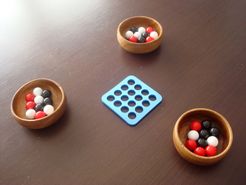

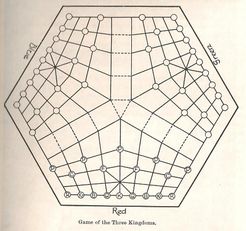
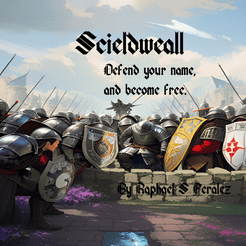
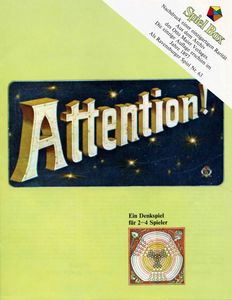
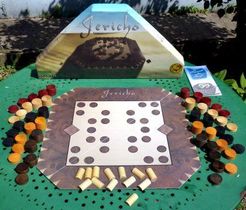
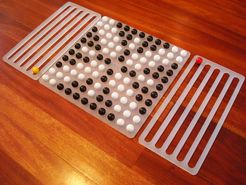
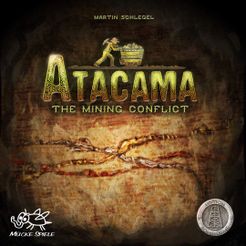
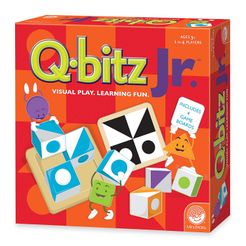
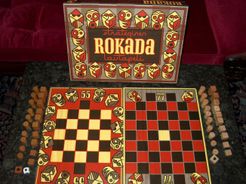
Comments (0)